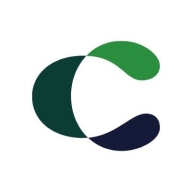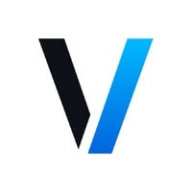

Veracode and Contrast Security Protect are major players in application security. Veracode excels in support and competitive pricing, while Contrast Security Protect offers advanced features that are highly valued by users.
Features: Veracode is recognized for comprehensive testing, integration capabilities, and support. It offers a robust testing suite integrated within cloud environments. Contrast Security Protect shines with real-time threat detection, actionable insights, and seamless integration into the software development lifecycle, enabling immediate threat identification.
Room for Improvement: Veracode could improve scan speed, reporting capabilities, and ease of use. Users suggest enhancing reporting flexibility and reducing scan times. Contrast Security Protect could benefit from reducing its learning curve, making reporting customization more user-friendly, and offering additional integrations for flexibility.
Ease of Deployment and Customer Service: Veracode is praised for straightforward cloud deployment and solid customer support, ensuring a smooth setup process. Contrast Security Protect allows seamless integration within development pipelines and CI/CD environments but has less extensive support options than Veracode.
Pricing and ROI: Veracode is considered competitively priced, providing good ROI with reasonable initial setup costs, delivering a cost-efficient deployment experience. Contrast Security Protect, although costlier, offers substantial ROI over time, with pricing justified by its advanced capabilities and features. Users find its higher price offset by the benefits realized from its use.
| Product | Market Share (%) |
|---|---|
| Veracode | 7.7% |
| Contrast Security Protect | 0.7% |
| Other | 91.6% |


| Company Size | Count |
|---|---|
| Small Business | 69 |
| Midsize Enterprise | 43 |
| Large Enterprise | 112 |
Contrast Security is the world’s leading provider of security technology that enables software applications to protect themselves against cyberattacks, heralding the new era of self-protecting software. Contrast's patented deep security instrumentation is the breakthrough technology that enables highly accurate assessment and always-on protection of an entire application portfolio, without disruptive scanning or expensive security experts. Only Contrast has sensors that work actively inside applications to uncover vulnerabilities, prevent data breaches, and secure the entire enterprise from development, to operations, to production.
Veracode is a leading provider of application security solutions, offering tools to identify, mitigate, and prevent vulnerabilities across the software development lifecycle. Its cloud-based platform integrates security into DevOps workflows, helping organizations ensure that their code remains secure and compliant with industry standards.
Veracode supports multiple application security testing types, including static analysis (SAST), dynamic analysis (DAST), software composition analysis (SCA), and manual penetration testing. These tools are designed to help developers detect vulnerabilities early in development while maintaining speed in deployment. Veracode also emphasizes scalability, offering features for enterprises that manage a large number of applications across different teams. Its robust reporting and analytics capabilities allow organizations to continuously monitor their security posture and track progress toward remediation.
What are the key features of Veracode?
What benefits should users consider in Veracode reviews?
Veracode is widely adopted in industries like finance, healthcare, and government, where compliance and security are critical. It helps these organizations maintain strict security standards while enabling rapid development through its integration with Agile and DevOps methodologies.
Veracode helps businesses secure their applications efficiently, ensuring they can deliver safe and compliant software at scale.
We monitor all Application Security Tools reviews to prevent fraudulent reviews and keep review quality high. We do not post reviews by company employees or direct competitors. We validate each review for authenticity via cross-reference with LinkedIn, and personal follow-up with the reviewer when necessary.